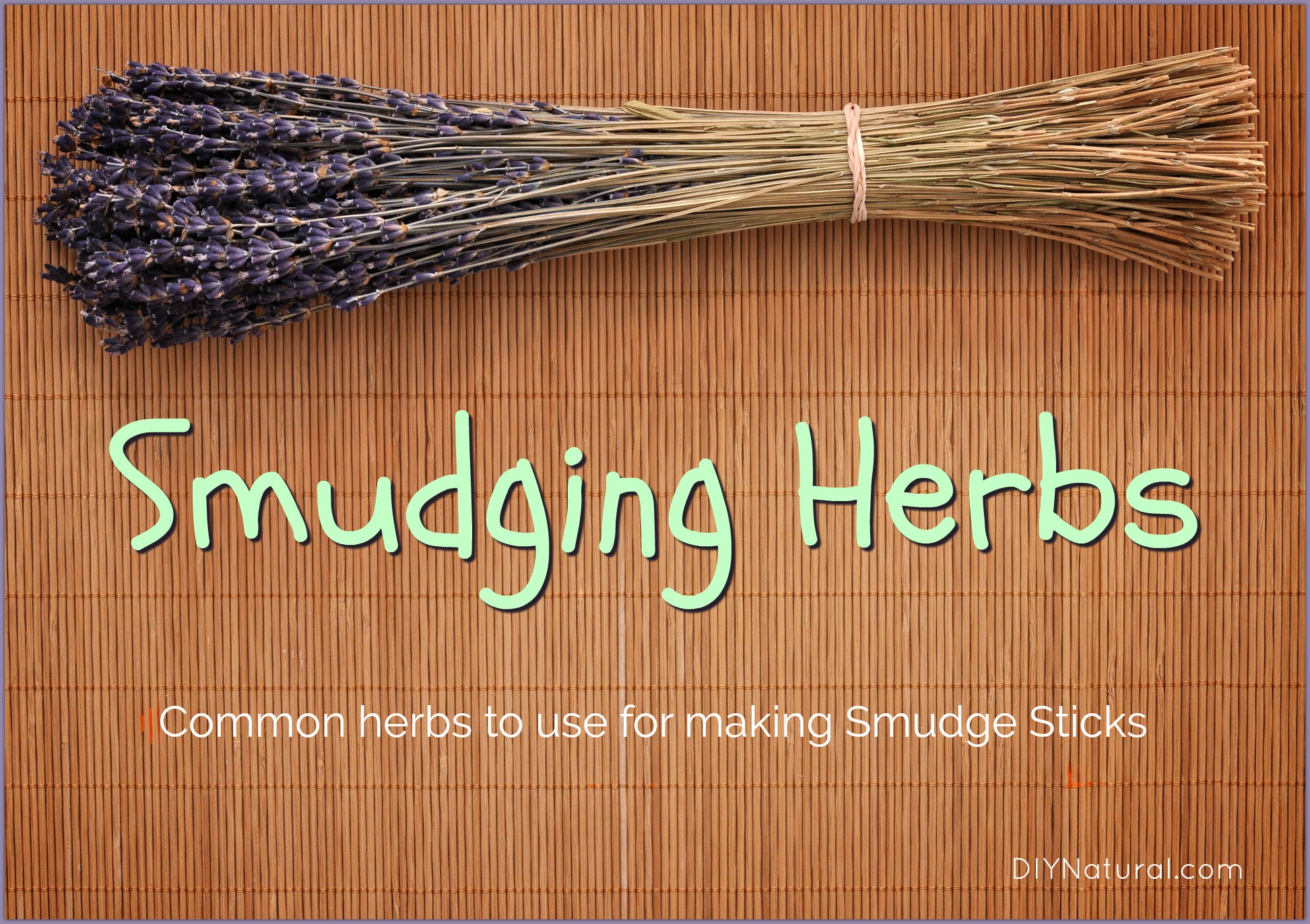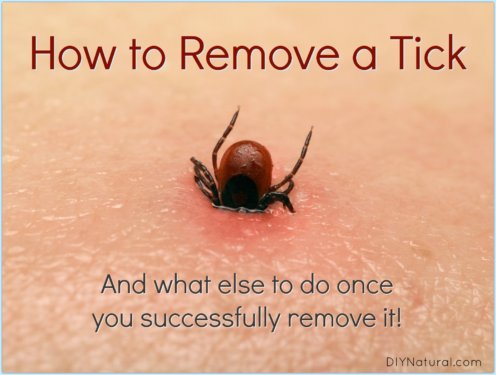Last week I outlined how to make smudge sticks and wanted to follow that up by writing about some of the most common smudging herbs to use.
My kids and I recently made smudge sticks with the herbs and flowers from our garden. I wrote about how to make smudge sticks, and as promised, wanted to write a bit about smudging herbs and some of the best plants to use.
This year we made most of ours out of sweet Annie, sage, and cosmos. They are pretty and smell wonderful. Whenever we want to freshen the house this winter we’ll burn one and remember our summer bounty.
Don’t know how to burn smudge sticks? Read this article for more information.
This list of common smudging herbs will get you on the path to making your own.
Common Smudging Herbs
Note: DIY Natural encourages you to freshen the air with your smudge sticks. The uses listed below are cultural and historical, not necessarily representative of any beliefs we have or are promoting.
Cedar (Thuja spp.)
In many cultures, cedar is a sacred plant. People have used it to drive out negative energy, bring in good influences, and even to bless a new house when people are moving in. Did I mention it smells great?! (Grow your own or find cedar smudge sticks here.)
Sage (Salvia spp.)
The best-known ceremonial smudge plant is sage. Some claim it can change the mood and energy of a room so it is commonly burned after a fight or when someone is upset. It is also used for meditation, cleansing, and purification. (Dry your own sage or find sage smudge sticks here.)
Sweetgrass (Hierochloe odorata)
This is one of the most sacred plants of the Native Americans. Sweetgrass is the grass that you find braided at the store. When burnt as a smudging herb it is sweet and light. Burning sweetgrass often follows burning sage. (Make your own or find sweetgrass braids here.)
Frankincense (Boswellia spp.)
Frankincense is the dried resin of the African olibanum tree. You may have heard about it at Christmas-time with myrrh and gold. It has a long history of association with meditation, healing, cleansing, and protecting the soul. I have burnt it in a sick room to help ease the transition into death when it is necessary for someone to let go. (Find frankincense resin here.)
Myrrh (Commiphora myrrha)
Myrrh is a bit more common, you may find it in your toothpaste these days, and is a resin from a nearly leafless middle eastern shrub. Ancient Egyptians used it as a smudging herb for healing and to embalm bodies. These days many use it for meditation, spirituality, happiness, transformation, strength, confidence, and stability. (Find myrrh resin here.)
Bayberry (Myrica pensylvanica)
Bayberry is another plant we associate with Christmas. The wax from the bayberry shrub releases a delicious smell when burnt. Bayberry candles are good luck, so why not add a smudge to your end-of-year celebrations to ring in a clean slate? (Make your own or find bayberry for smudge here.)
Rose (Rosa spp.)
Being a rose farm, we don’t lack for these. Many people associate rose petals with love and romance. They have also been used as smudging herbs for meditation and peace. (Grow and dry your own or find dried rose petals here.)
Lavender (Lavendula angustifolia)
The dried flower buds of lavender release a light, refreshing scent when burned. They have been used to bring peace, restful sleep, and happiness. You may like to burn lavender to combat insomnia, depression, grief, sorrow, and anxiety. (Make your own or find lavender bundles here.)
Juniper (Juniperus monosperma)
In some places, Juniper was a smudging herb for ritual purification of temples, and to avoid illness during plague outbreaks. In modern times it is used to invigorate the mind and body when tired. (Make your own or find juniper smudge sticks here.)
Mugwort (Artemisia vulgaris)
Used traditionally to cleanse energies and get rid of negativity, mugwort also has a reputation for stimulating dreams. Therefore, many burn it before bedtime. We have several members of this family growing on our farm, so I used sweet Annie for the same purpose. (Make your own or find mugwort smudge sticks here.)
Do you make smudge sticks in your house? What smudging herbs do you use?
*******




My clary sage made a huge flower stalk this summer that I made into smudge sticks. The have a very unique sweet/pungent scent that is quite different from regular sage. I’m using it to regularly smudge my big old motor home that had developed a musty smell, and it’s working!
That sounds amazing!